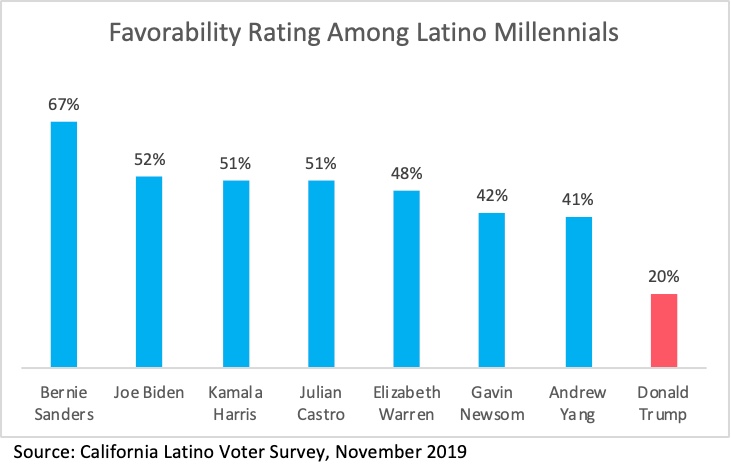Everything in life is relative. Within the Republican presidential field Governor Rick Perry has come to be the Latino friendly candidate. Specifically, he has been cast as a Latino education advocate for signing into law an in-state college tuition bill for undocumented persons. While the Texas governor may be the Latino education guy vis-à-vis his fellow GOP candidates he is seen as anything but that in Texas and within the national Latino context. The governor’s now retracted support of in-state tuition for undocumented students is an isolated incident. The governor has never had an explicit education agenda – neither for Latinos nor non-Latinos. But today his benign neglect is yearned for in the midst of his recent assault on the state’s education budget.
In Texas close to 40% of the population is Latino and of that population 35% is underage. In the state, educational issues are by default Latino issues. In the 2008-2009 school year incoming Latino first graders made up over 60% in the three largest public school districts—Houston, Dallas, and San Antonio. In San Antonio 9 out of every 10 incoming public school first graders were Latino.[1] With these statistics it is natural to assume that Latino education would have be a top concern for Texas Governor Rick Perry. It has not.
In the 2011 Texas legislative session the governor worked with the leadership in the Republican held legislature to cut the state’s education budget. The cuts were so polemical both because of their magnitude, $5 billion, and because of their nature. Texas has a savings fund, the Rainy Day Fund, where it sets aside excess revenue from oil and gas for use in times of unexpected revenue decline. The Texas Rainy Day fund in 2011 was in the $9 billion range. However, Governor Perry was adamant about not touching the Rainy Day Fund; paying for education was not an exception.
What is so frustrating for Latinos and non-Latinos in Texas is that the $5 billion education budget cuts could have been avoided or softened through the Rainy Day fund. These cuts will weigh the most heavily on Latino children who make up a majority of public school students and who account for over 90 percent of growth in enrollment. In addition to the across-the-board cuts, the decreases for targeted programs will further widen the education gap for Latinos in Texas.
In the latest impreMedia-Latino Decisions poll 96% of Latino parents stated they want to see their children at least attend college. At first sight it would seem that Governor Perry’s stance on in-state tuition for undocumented children would help meet Latino educational aspirations. What this policy glosses over are all of the steps that are necessary to prepare children to attend college—early childhood development programs, dropout prevention programs, college preparation programs, and the general quality of k-12 education. Governor Perry’s lack of funding for education this year and in those previous ones are the big picture of where he stand with education and Latino in particular.
Dr. Victoria M. DeFrancesco Soto is the Communications Director for Latino Decisions and a Visiting Scholar in the Department of Government at the University of Texas at Austin. Connect with her at: [email protected]


